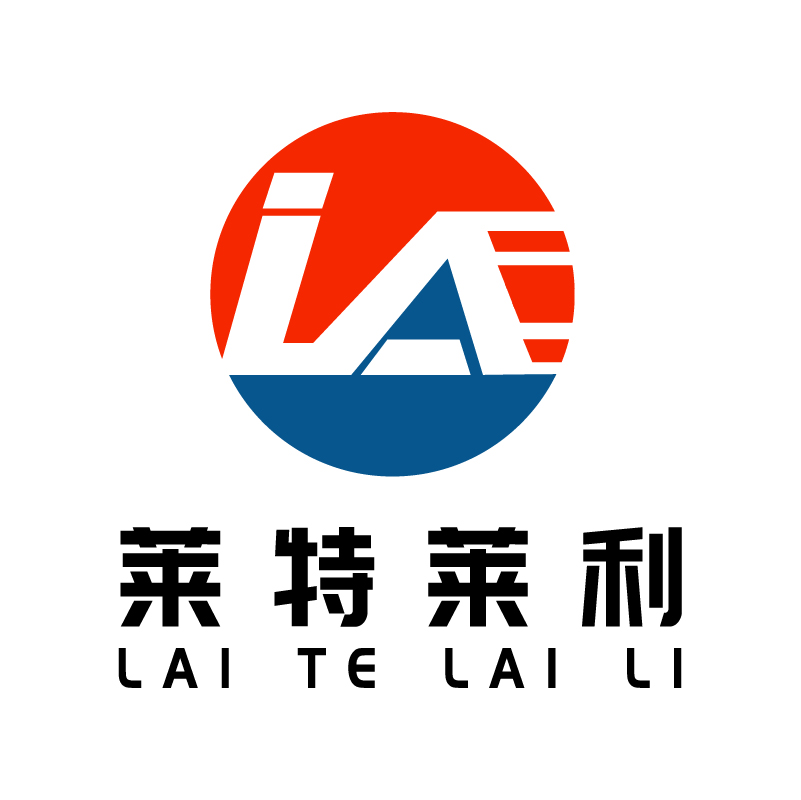What is the market competition between all resin carbon strips and other types of carbon strips?
The competition between all resin carbon strips and other types of carbon strips (such as wax based carbon strips, mixed based carbon strips, etc.) in the market can be analyzed from multiple dimensions.
First, market share and competition pattern
1.Global market: International mainstream companies such as ARMOR-IIMAK, Dainippon Printing Co., LTD. (DNP) and RICOH dominate the thermal transfer carbon strip business, especially in the middle and high-end product markets such as resin-based barcode carbon strips and mixed-based barcode carbon strips. These enterprises rely on the advantages of formula design, production technology, marketing network layout, etc., to form a strong market competitiveness.
2.Domestic market: Domestic enterprises are mainly based on wax-based bar code carbon strip and other products, but in the field of resin based bar code carbon strip, mixed based bar code carbon strip and other high-end products, still mainly rely on imports. In recent years, the domestic high-quality enterprises represented by Zhuoli film materials have continuously increased investment in research and development, and gradually realized the independent research and development and mass production of some high-end products, breaking the monopoly pattern of foreign manufacturers, and gradually increasing market share. However, compared with the global leading enterprises, domestic enterprises still have a certain gap in terms of technical strength and brand influence.
Second, product characteristics and market demand
1.All resin carbon tape: with excellent wear resistance, scratch resistance and chemical resistance, suitable for demanding printing environments, such as labels, bills, packaging and other need to be stored for a long time or subjected to harsh conditions. With the wide application of automatic identification technology, the market demand for all-resin carbon strips is growing.
2.Other types of carbon belts:
Wax-based carbon strip: low cost, moderate printing effect, suitable for general printing needs. However, due to its poor wear resistance and scratch resistance, it is not suitable for high-demand occasions.
Mixed base carbon strip: Combining the advantages of wax base and resin base carbon strip, the printing effect is between the two, suitable for moderately demanding printing environments.
Third, competition situation and development trend
1.Market competition intensifies: As domestic high-quality enterprises continue to increase research and development investment, improve technical strength, the market competition of all resin carbon belt and other high-end products will become increasingly fierce. At the same time, leading foreign companies are also consolidating and expanding their market share.
2.Product innovation and differentiation: In order to stand out from many competitors, companies need to constantly introduce innovative and differentiated products. For example, the development of all-resin carbon strips with special functions (such as anti-counterfeiting, waterproof, oil-resistant, etc.) to meet the specific needs of different industries.
3.Changes in market demand: With the wide application of automatic identification technology and the development of the Internet of Things and Internet technology, the market demand for thermal transfer carbon belt will continue to develop in the direction of low cost, diversification, high efficiency, environmental protection and safety. Enterprises need to keep up with changes in market demand and constantly adjust and optimize product structure.
4.Environmental protection and sustainable development: With the increasing attention to environmental protection issues around the world, the thermal transfer carbon belt industry also needs to pay attention to the environmental performance and sustainable development of products. The development of more environmentally friendly and recyclable carbon belt products will become an important trend of future development.
To sum up, the competition between all resin carbon belts and other types of carbon belts in the market is complex and changeable, and enterprises need to pay close attention to market dynamics and technological development trends, and constantly improve their competitiveness to adapt to market changes.



